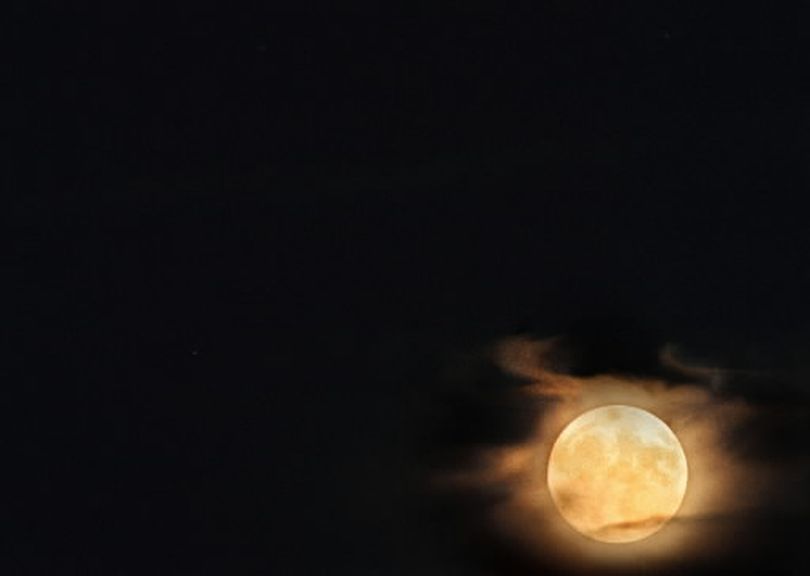Seasons changing: Harvest moon ushering in the equinox

SKYWATCHING -- Sunsets filtered through wildfire smoke and a harvest moon looming full and huge on the horizon have made for great skywatching this week.
Fall is full in the air, with this year’s equinox creeping up on Friday, Sept. 23.
Here's a recent story on the harvest moon from the LA Times.
Read on for details on the harvest moon from eNature.
Summer is almost over and the Harvest Moon is looming large in the evening sky right now.
The Harvest Moon is the full moon that occurs closest to the autumnal equinox, the day on which summer ends and fall begins.
This year’s equinox occurs on Friday, September 23. And if we’re totally honest, the full moon happened last Sunday— but the moon is still big enough the next few days to provide a good look.
The Harvest Moon is special because the time difference between moonrise on successive evenings is shorter than usual around the time of the equinox, with the full moon being about 30 minutes later each day versus approximately 50 minutes later most of the year. And since all full moons rise around the time of sunset, the additional light provided by a full moon in the autumn helped farmers working to bring in their crops since they could continue working by moonlight even after the sun had set.
So the full moon this time of year came to be called the Harvest Moon.
Many folks observing the Harvest Moon believe it seems bigger, brighter or more colorful than other full moons. In reality the moon’s large size is just a trick of the eye called a “moon illusion”, caused by the brain perceiving a low-hanging moon as larger than one that’s higher in the sky
The Moon’s warm color when seen at lower angles is caused by the relatively larger amount of of atmosphere through which one is observing it as compared to when the moon is right overhead. This additional atmosphere scatters the bluish component of the light of the moon (which is actually sunlight reflected from the moon’s surface back towards earth), making the low-lying moon appear redder to the observer’s eyes. If you look later when the moon is higher above the horizon, you’ll see it appears much whiter than earlier in the evening.
Here's an explanation of the "moon illusion."
